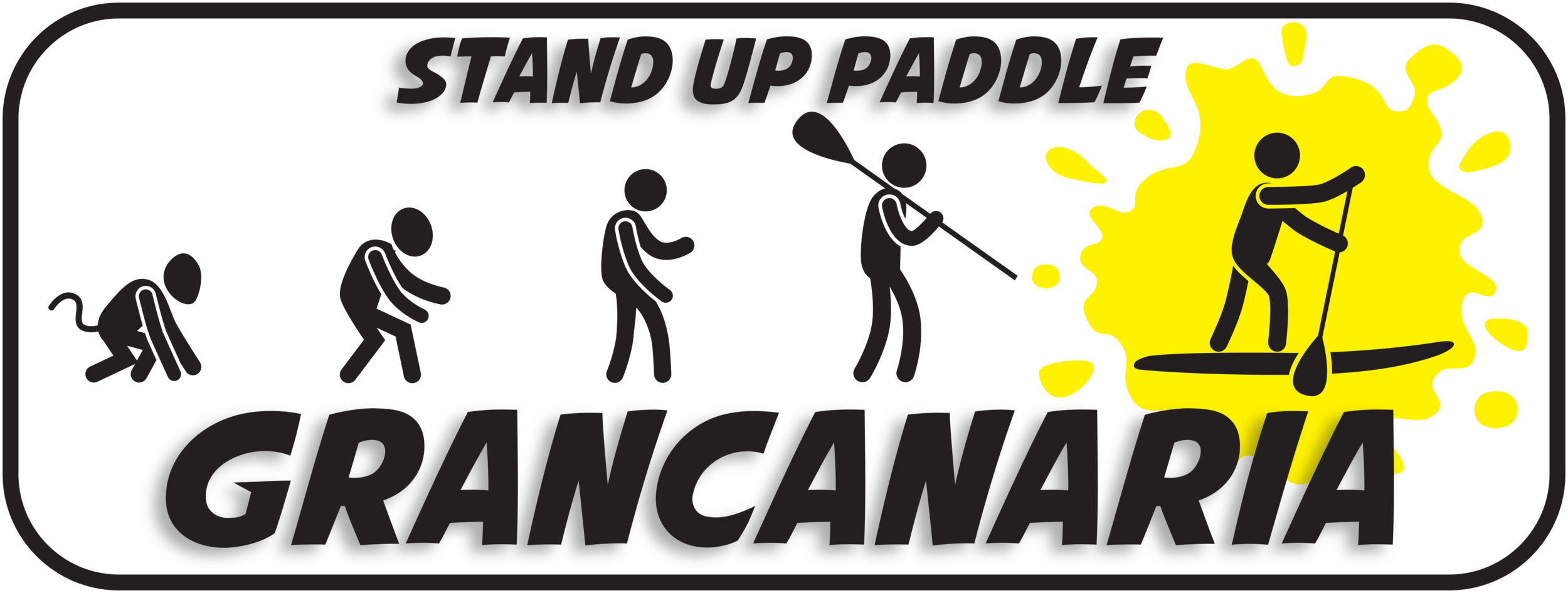SUP history
Stand up paddle surfing, or SUP, is a surface water sport, a variant of surfing where the surfer uses a paddle to move through the water while standing on a surfboard. Stand up paddle surfing is derived from its Polynesian roots. The Hawaiian translation is Ku Hoe He'e Nalu; to stand, to paddle, to surf, a wave.
paddlling with manta rey
The popularity of the modern sport of SUP has its origination in the Hawaiian Islands. In the early 1960s the Beach Boys of Waikiki would stand on their long boards and paddle out with outrigger paddles to take pictures of the tourists learning to surf. This is where the term "Beach Boy Surfing" originates, another name for Stand Up Paddle Surfing.
In the early 2000s Hawaiian surfers such as Dave Kalama, Brian Keaulana, Rick Thomas, Archie Kalepa and Laird Hamilton started SUP as an alternative way to train while the surf was down. As the years went on they found themselves entering events such as the Moloka'i to O'ahu Paddleboard Race and Mākaha's Big Board Surfing Classic. Now you can find Stand Up Paddle Surfers in many of the Outrigger and Paddleboard races as participants within their own division.
One difference between the modern idea of surfing and SUP is that the latter does not need a wave. In SUP, one can paddle on the open ocean, in harbors, on lakes, rivers or any large body of water. One of the advantages of Stand Up Paddle Surfing is the angle of visibility. Because of the standing height over the water one can see both deeper into the water and further across the surface of the water, allowing better visualization of features others lower above the water may not be able to see, whether it is the marine life in the harbors, lakes and coves or the incoming swells of the ocean marching on the horizon.
.


